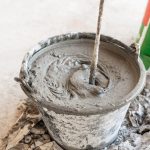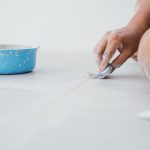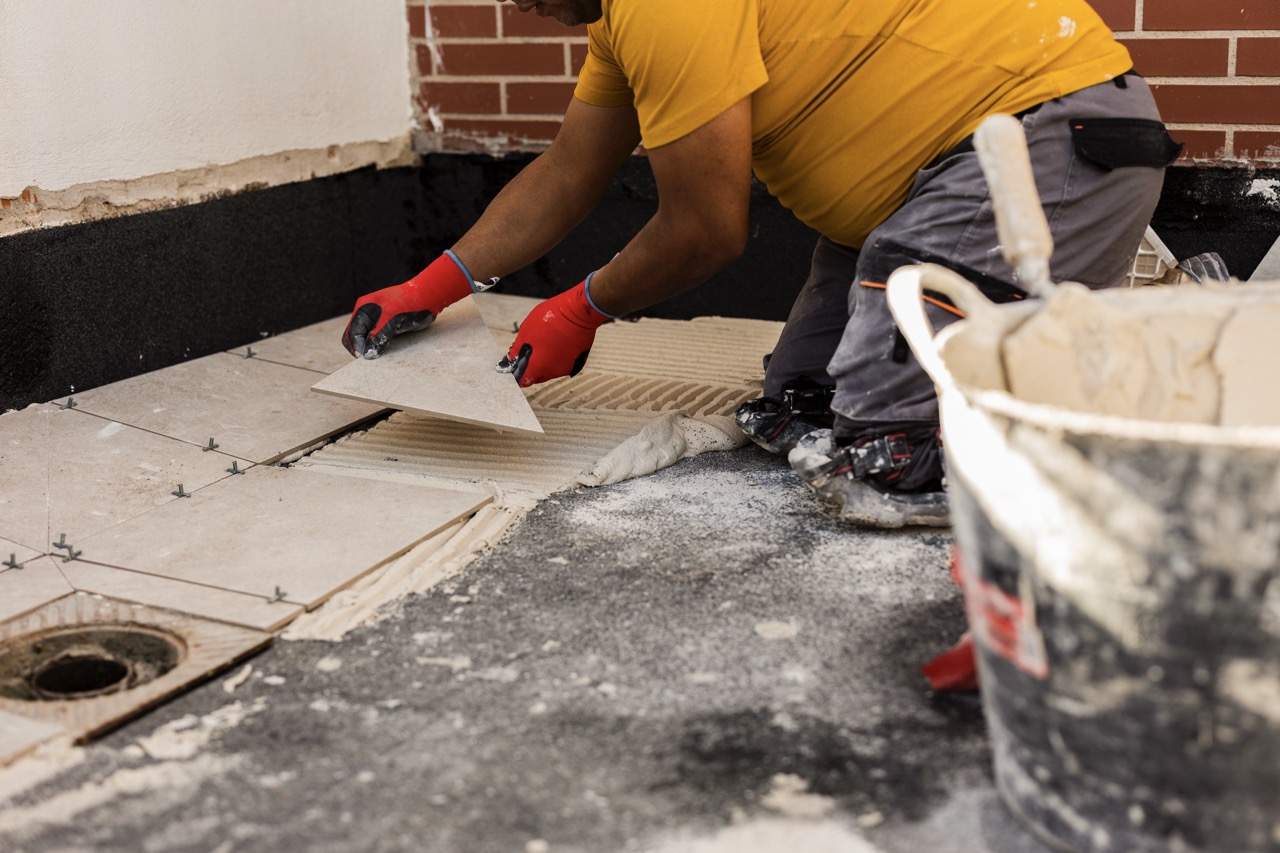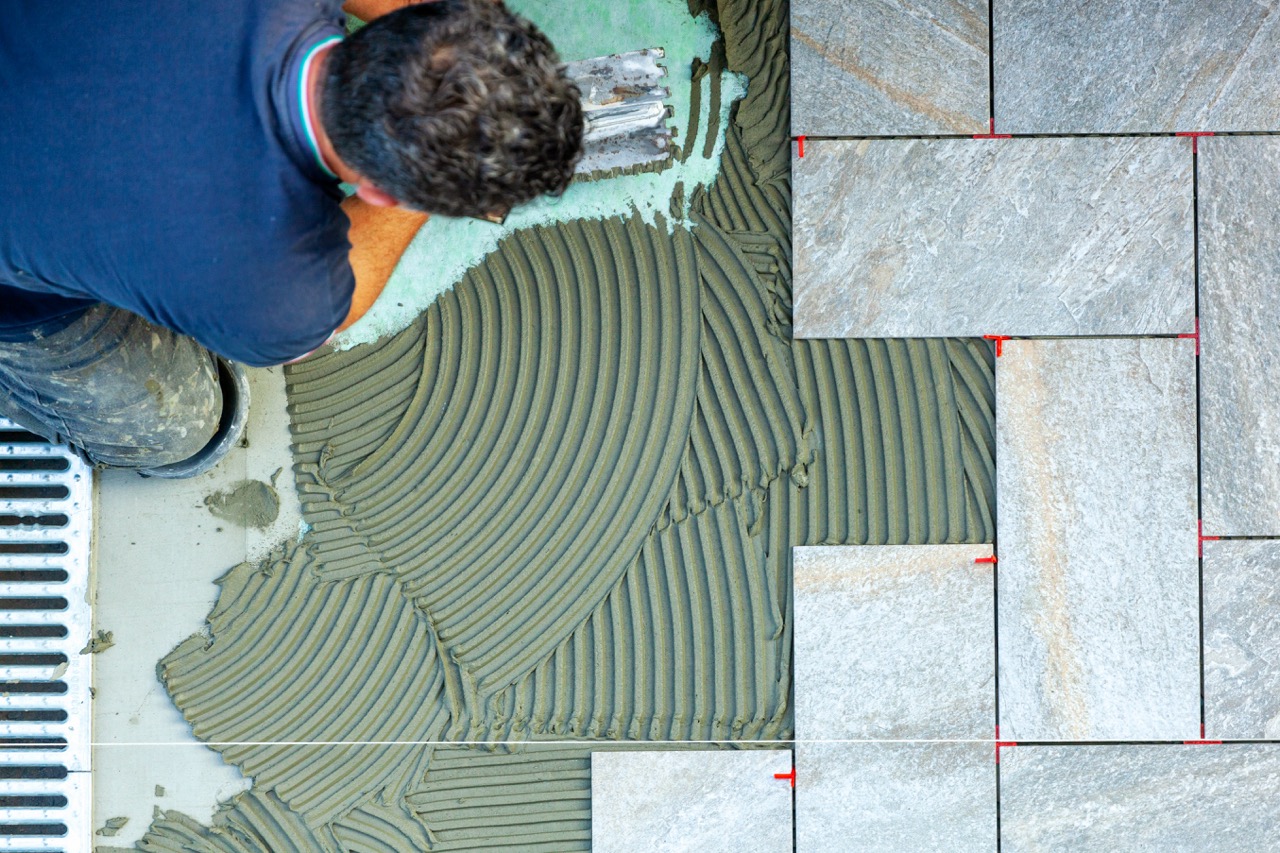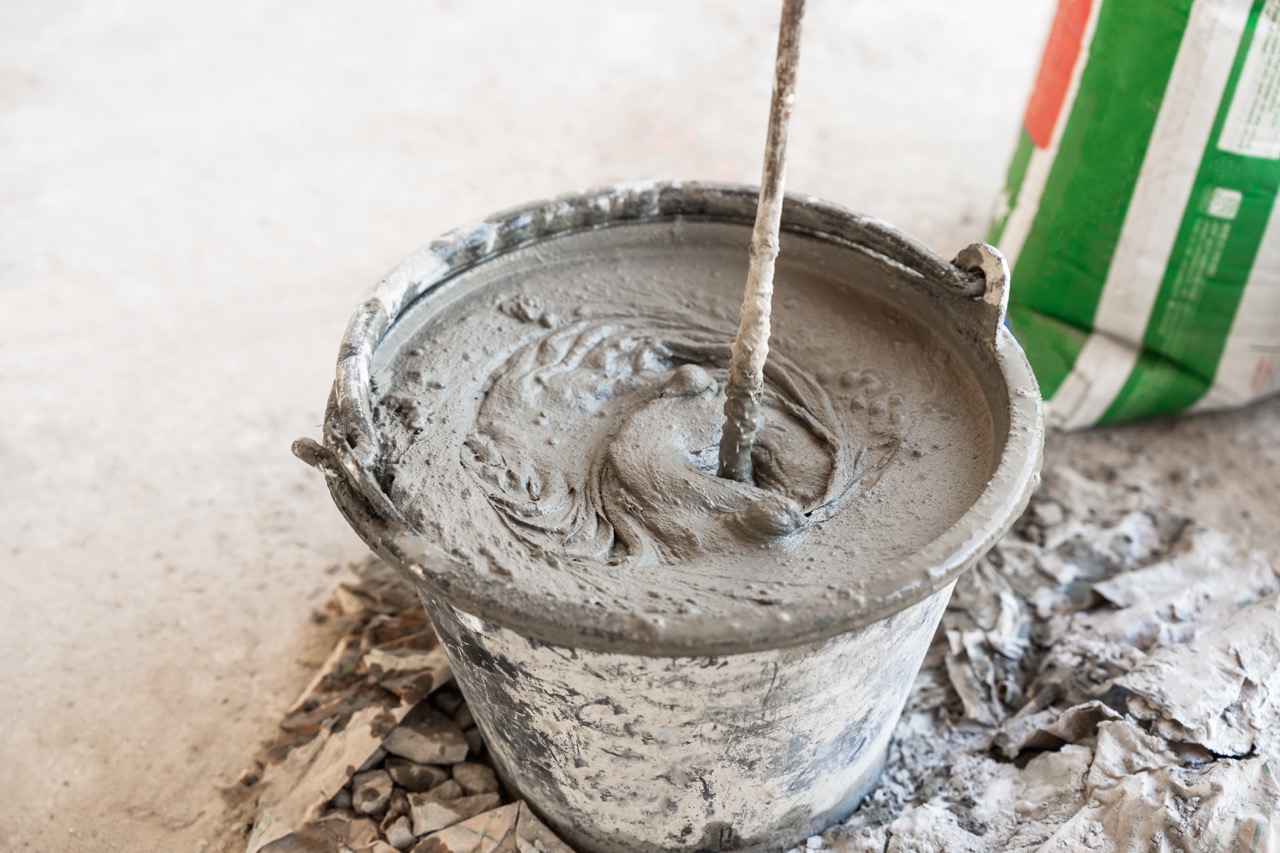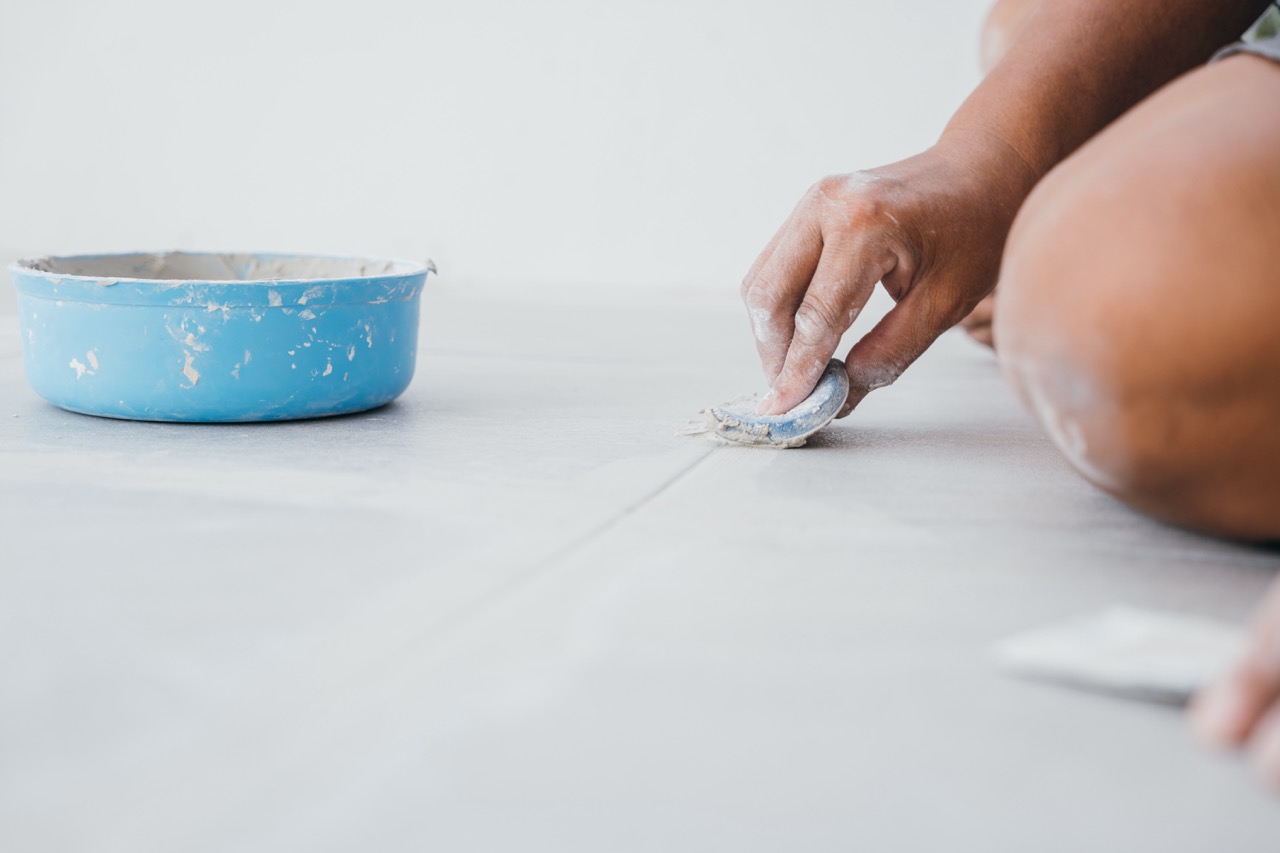When lively patterned tiles start losing their charm, it’s often because the grout between them has darkened or stained. Homeowners instantly notice the contrast between beautiful designs and dingy grout lines. One of the most budget-friendly fixes people gravitate toward is the grout pen—a marker-like tool designed to recolor and refresh grout quickly. But a common question arises: do grout pens really work well on patterned tile floors, or do they complicate the design instead of enhancing it?
Do Grout Pens Really Make Patterned Floor Tiles Shine?
Grout pens can make a striking difference in the overall look of a tiled surface. By recoloring grout lines, they help restore the sharp outlines that define and highlight patterned tiles. Clean, even grout lines act like a frame, allowing the intricate design of the tile to stand out more vividly. On patterned tiles—whether Moroccan-inspired motifs, geometric layouts, or colorful mosaics—this renewed contrast can instantly bring back the floor’s original vibrancy.
That said, achieving this effect isn’t always seamless on patterned surfaces. Because the tiles have multiple shapes, colors, and textures, the grout lines near them might not be uniform. If the grout pen ink strays onto tile edges, it can dull or disrupt the delicate patterns. Unlike plain tiles where a quick wipe fixes mistakes, patterned tiles often have uneven surfaces, making it trickier to keep the lines neat.
Still, when applied carefully, grout pens can be surprisingly effective on patterned tiles. For homeowners wanting an affordable refresh, they allow design features to pop without the expense of regrouting. Using slow, precise strokes and wiping away excess ink immediately can preserve the beauty of intricate patterns while refreshing worn grout lines. Patience and a steady hand are key—results are noticeably better when applied attentively.
Pros and Cons of Using Grout Pens on Intricate Designs
One of the main benefits of grout pens is their simplicity. They require little more than steady application, no heavy tools, and almost no drying time before the improvement is noticeable. For patterned floors, this quick fix is particularly appealing because it brightens the grout without requiring a full renovation. Many grout pens also come in a variety of shades, allowing you to choose a subtle tone that complements, rather than clashes with, the design.
On the downside, grout pens are not a permanent solution. In high-footfall areas, the ink may wear away faster, especially when paired with intricate tiles where dirt tends to lodge in grooves. Reapplication may be necessary more often compared to neutral or smoother tile layouts. Moreover, detailed patterns can make minor inconsistencies in grout pen coverage more visible, so it may take extra effort to achieve a polished look.
Another challenge lies in precision work. Bold patterns often include small or irregular grout spaces that are harder to reach uniformly with a grout pen tip. This can be frustrating if you’re aiming for sharp results on a floor that already has plenty of visual details. Still, for those willing to manage touch-ups, grout pens offer a budget-friendly and fairly effective way to maintain patterned tile floors, especially when weighed against the labor and cost of full grout replacement.
Grout pens certainly can work on patterned tile floors, but their success varies depending on the level of intricacy in the design and the patience of the person applying them. They excel at quickly refreshing grout lines, which helps patterns shine, but they also demand precise application and may require more frequent upkeep. For homeowners who love their patterned tiles but dislike the dingy grout between, grout pens are a practical, low-cost solution—just not a one-time fix. With the right approach, they can highlight a patterned floor’s beauty while postponing the need for more intensive renovations.

